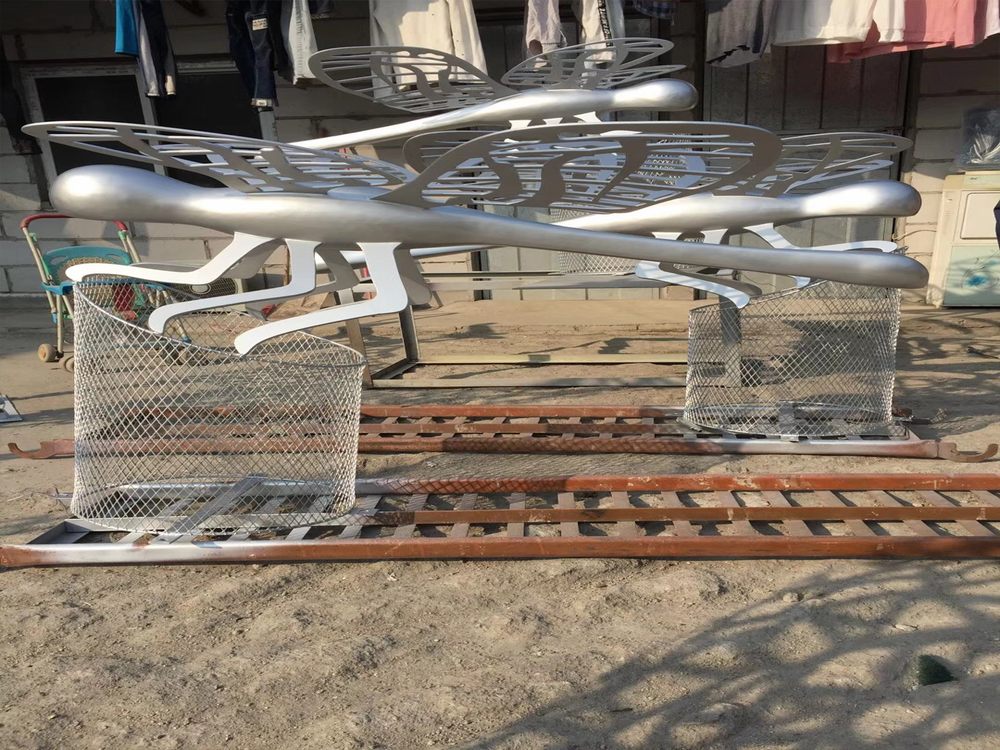
Porcelain sculptures incorporating text or typography are a mesmerizing fusion of visual art and language. Artists employ specialized techniques to seamlessly merge these elements, transforming fragile clay into enduring poetic expressions.
The process begins with meticulous planning. Artists sketch designs, considering how text will interact with the sculpture's form. Some create custom typography molds, while others hand-carve letters directly into leather-hard clay. The choice between raised or recessed lettering significantly impacts the final aesthetic.
Slip casting proves particularly effective for text integration. Artists pour liquid clay into pre-made text molds, allowing precise reproduction of intricate fonts. For hand-built pieces, artisans might use sgraffito techniques - scratching through colored slip to reveal contrasting clay beneath. Others apply delicate decals with ceramic transfers that fuse permanently during firing.
Glazing presents both challenges and opportunities. Transparent glazes preserve carved details, while opaque finishes can make text pop dramatically. Some artists layer multiple glazes, creating dimensional effects where letters appear to float within the ceramic surface.
Contemporary ceramicists are pushing boundaries with innovative approaches like embedding porcelain shards with printed text or constructing three-dimensional words from coiled clay. These works often explore themes of memory, communication, and cultural identity through their materiality.
The firing process demands careful attention, as porcelain shrinks significantly and text details can warp. Master artists account for this transformation, sometimes exaggerating letter proportions to achieve perfect results post-firing.
From ancient inscriptions to modern conceptual pieces, text in porcelain sculpture continues evolving as artists discover new ways to make clay speak visually and literally. The marriage of form and language in these works creates profound dialogues between artist, material, and viewer.

